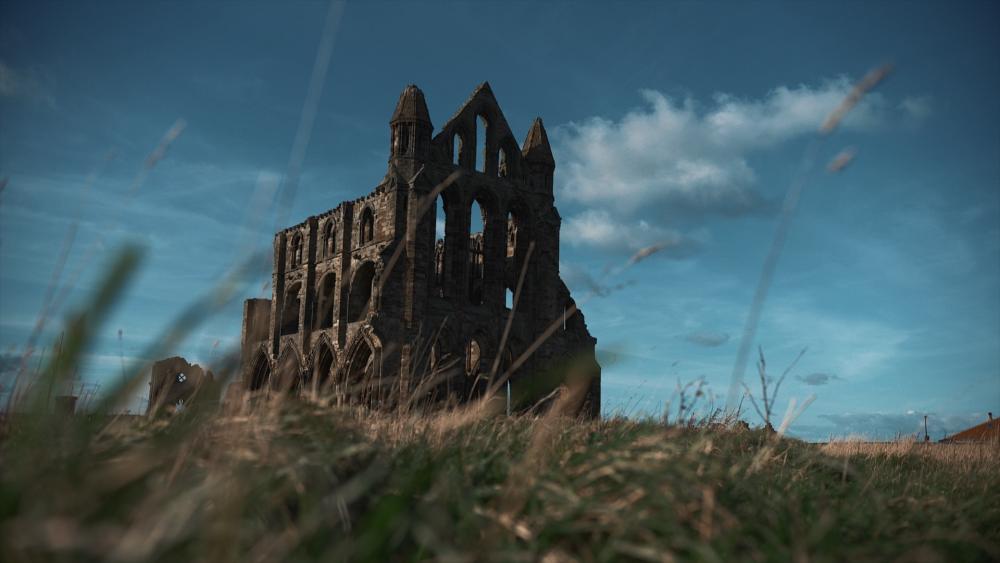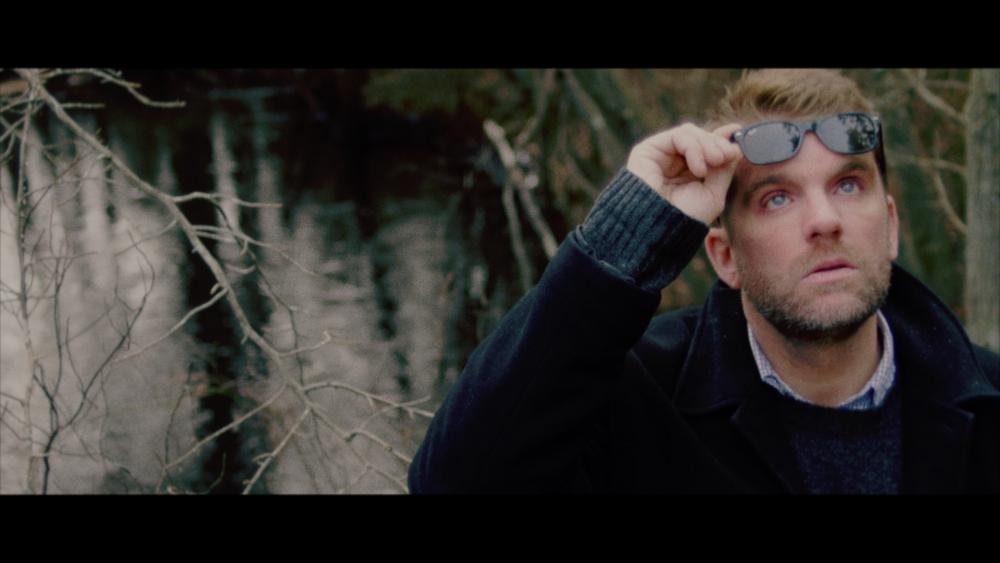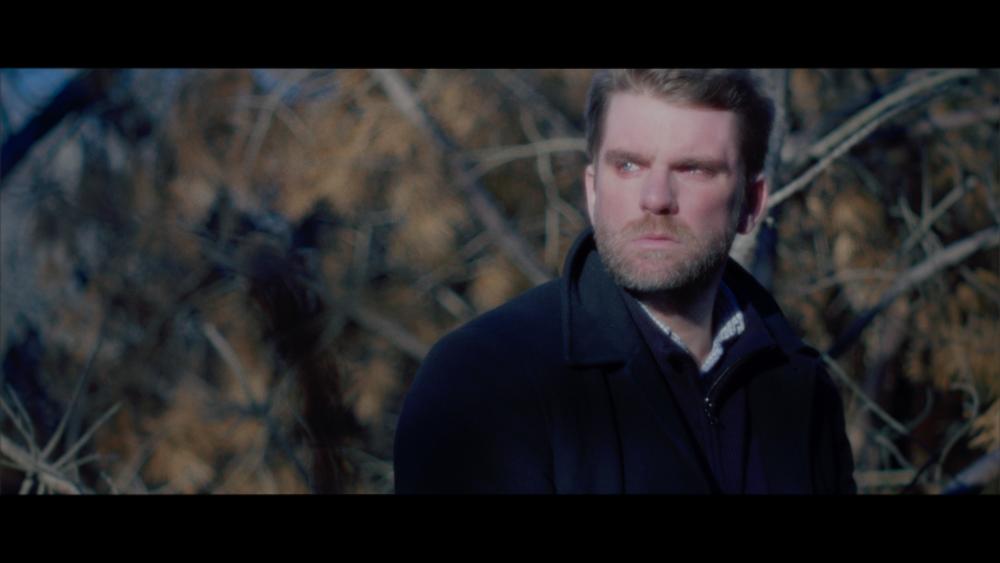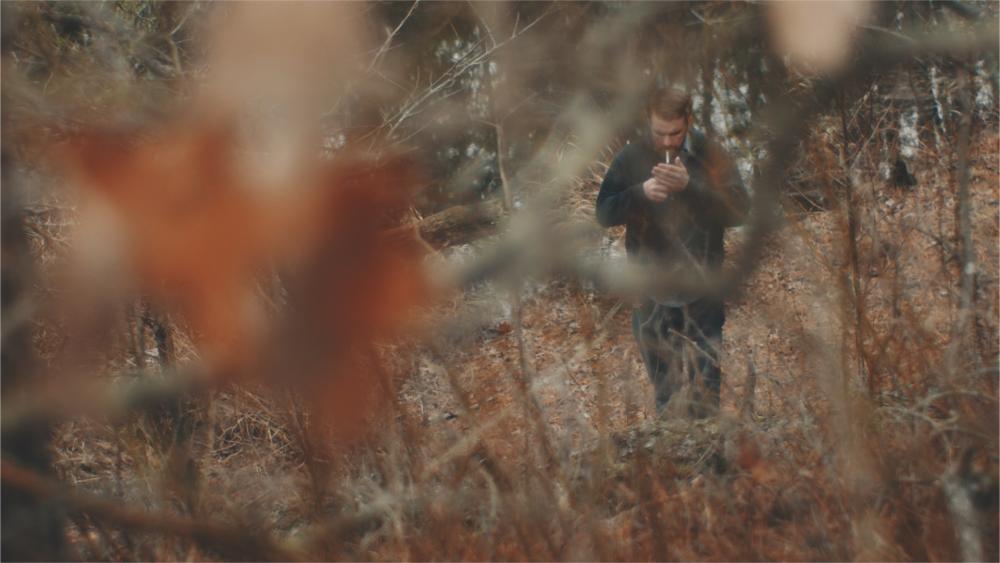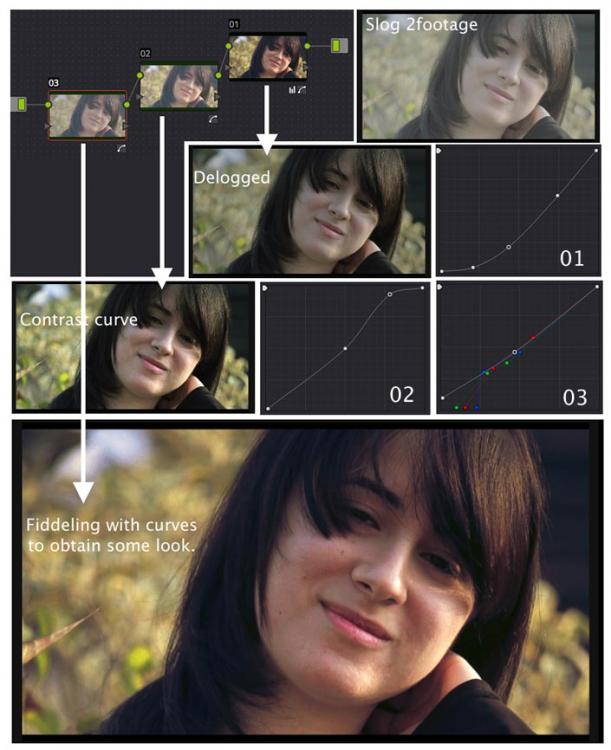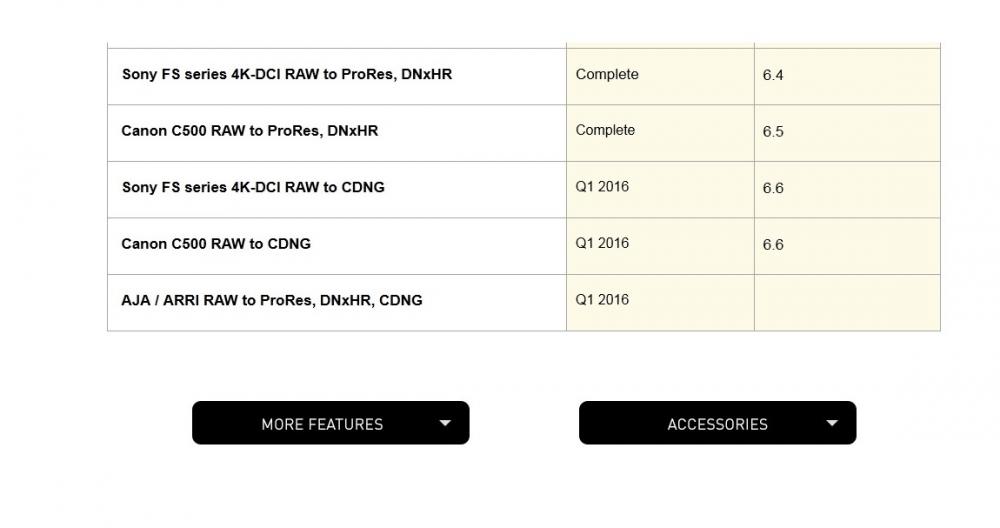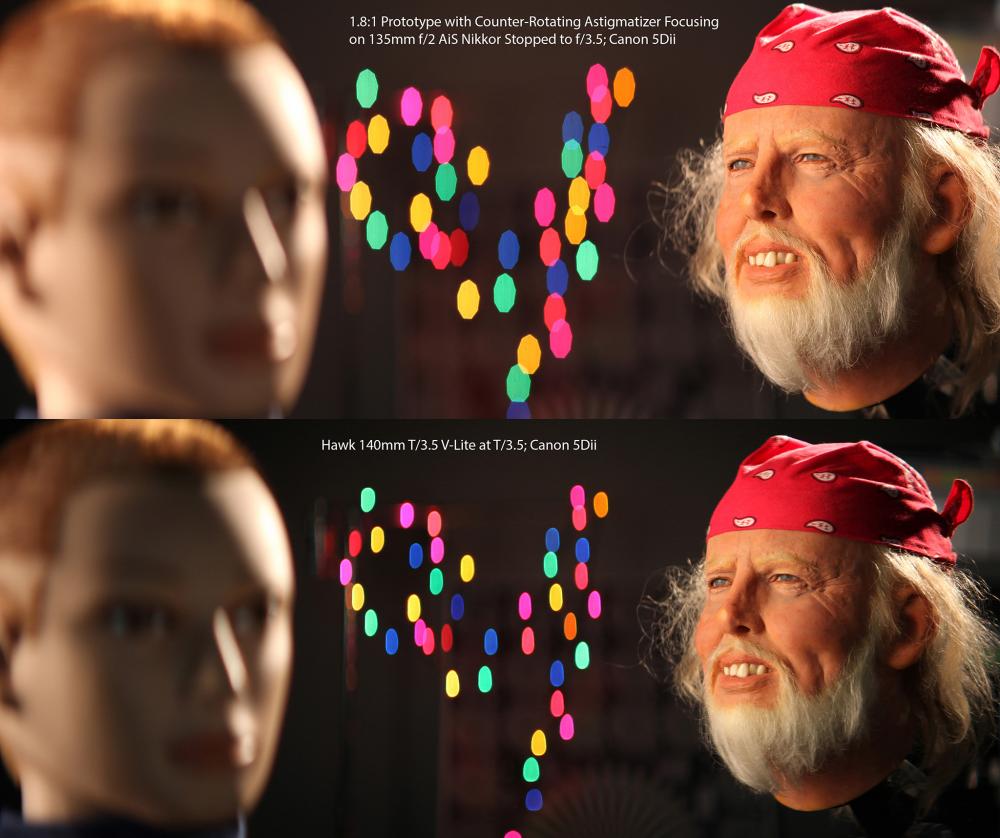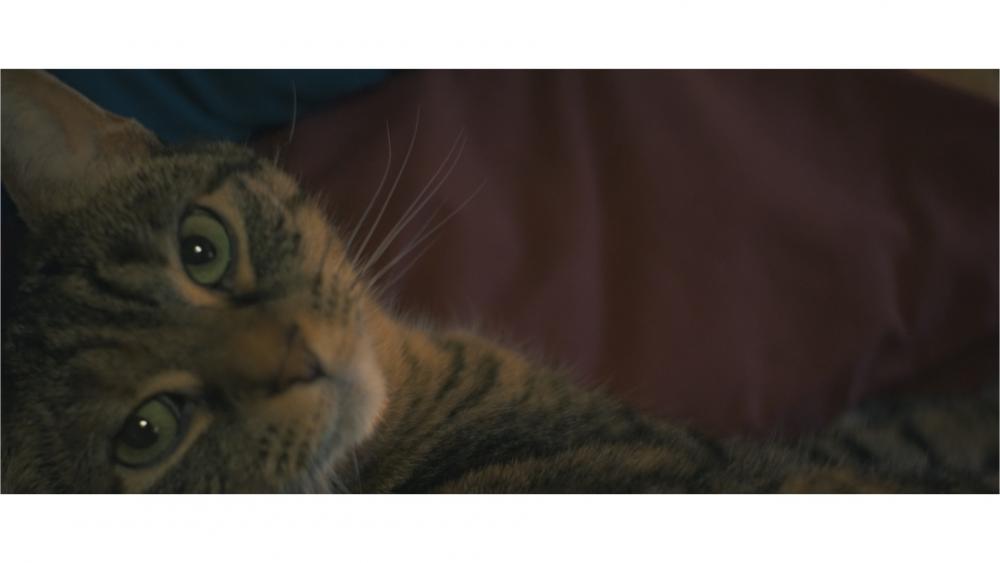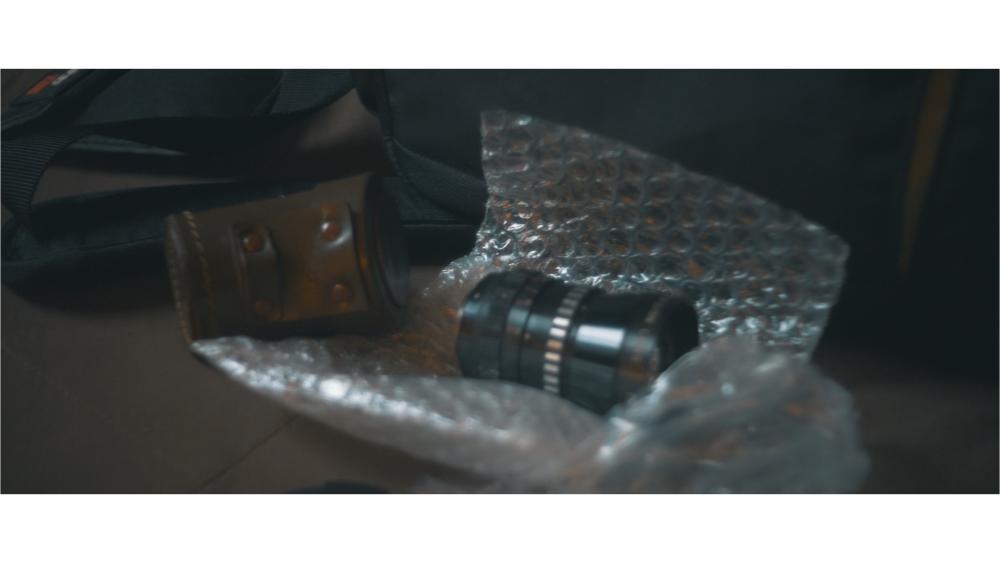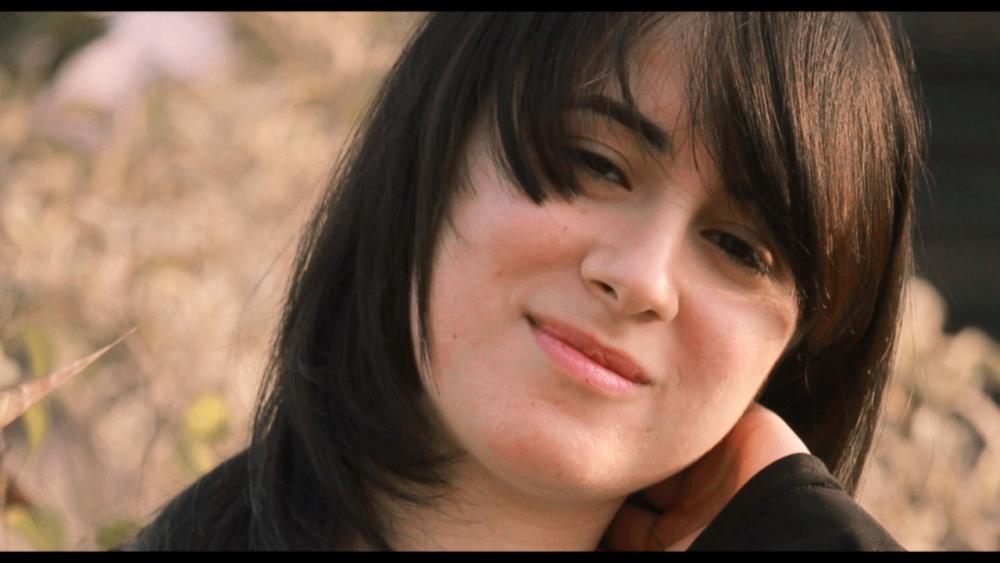Leaderboard
Popular Content
Showing content with the highest reputation on 02/05/2016 in all areas
-
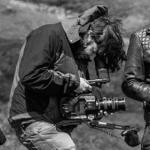
Sony a6300 4k
Xavier Plagaro Mussard and 4 others reacted to Oliver Daniel for a topic
My faith is restored in Slog on the A7SII, so it's great the A6300 has this function too and isn't crippled. This sounds like a very cool camera to compliment the higher end models. I've attached a location shot I did in Whitby, UK at the Abbey. Shot on A7SII, Slog2 (modified profile), Sigma 18-35mm (at 35mm).5 points -
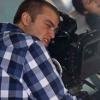
Petition for Samsung NX1 hack
kidzrevil and 3 others reacted to caseywilsondp for a topic
So the phone hacking guys at xda often have "bounties" for various things, like rooting or unlocking a boot loader. That method I think could be very successful for us. We find an arbiter that we trust, maybe kidzrevil since he started the thread, and pool our money into something like venmo, so that people are actually committed. The bounty would be for something specific like "installable firmware that can increase bitrate to 150 Mbps and increase frame rate to 60fps at highest stable bitrate at 4k". People that want that feature pool their money into that. Once real money can be seen, we might see bigger interest from developers. Of course if everyone wanted we could make the bounty for more or less features... My vote would be to keep it pretty realistic at first.4 points -
Petition for Samsung NX1 hack
Marco Tecno and 2 others reacted to sidi for a topic
If you are still missing those FW, you may thank archive.org: 1.01 http://downloadcenter.samsung.com/content/FM/201411/20141110100211100/NX1_FW_v1.01.zip 1.10 http://org.downloadcenter.samsung.com/downloadfile/ContentsFile.aspx?CDSite=US&CttFileID=5889101&CDCttType=FM&ModelType=C&ModelName=EV-NX1ZZZBQBUS&VPath=FM/201412/20141220160910675/NX1_FW_v1.10.zip Made a copy on my drive just in case. As for my wishlist I would love to see recording time limit gone.3 points -
Somehow I missed this post... Sorry. But yes, I remember reading about the CRC and it really is amazing. The Minolta is equally as amazing but has a little cooler of a look to it. My copy of the Minolta is in better shape, but I can't say for sure which one I like better optically. Of course I just picked up the Tak 35mm f2 lens as well and that bastard is an awesome little lens too. I am starting to think I may just shoot future projects with a single lens. That's how much I like these... I just need a lot of projects. Nikkor 28mm f2 Minolta 28mm f2 Super Takumar 35mm f23 points
-
Sony a6300 4k
Geoff CB and 2 others reacted to Mattias Burling for a topic
Some never learn the difference between sharpness and resolution. Its just how it is.3 points -
Ebrahim Saadawi showed his method to grade Slog footage in the Sony A6300 thread. In this case Slog 2 footage. http://www.eoshd.com/comments/topic/19110-sony-a6300-4k/?do=findComment&comment=131104 Ebrahinm used a random S-curve. I think by doing so he missed a change to better grade his footage. If you delog your footage with the curve used to created the footage you get way better results, I think. Imho this not only works for Log footage but for every profile from your camera. For some reason that is beyond me you have to rotate the curves from the “normal” profiles 180 degrees to make this methode work. Except for the GH4 (thanks to Balazer) it’s pretty hard to find info on those curves. So that’s kind of a problem. But info on the Log curves can be found everywhere. Back to the Slog-2 footage. The picture below shows it graded in DaVinci. The node 01 correspondents with the curve 01, etc. Last node [01] is the delog node but is the one you start with, kind of backwards. I attached the .dpx file so you can test it out in DaVinci your self. Not sure if you need the .drx slog2_example_2.1.1.dpx slog2_example_2.1.1.drx I would like to hear from others how they grade there (log)footage or is it something you leave to the LUTs?2 points
-
G7 + Super Takumar 35mm f/2
shanebrutal and one other reacted to mercer for a topic
2 points -
all the Zeiss C/Y lenses are very consistant across the range of focal lengths , same Zeiss glass colours same blacks / contrast , same look , so the differance is that the 25mm is just that bit wider and the 28mm has just that bit more bokeh .....the 50mm f1.7 is brighter about 1/2 stop more than the rest of the range so if you have it at f2.8 its brighter than all the other lenses in the range at f2.8 - appart from that these are amazing lenses - same glass exactly as the Zeiss Ultra Prime and Super Speed cine lenses at at fraction of the cost2 points
-
There are far more innovative GoPro options out there. The GoPro expanded too much as a company in terms of size, and very little in terms of innovation and competitive pricing. Despite so many resources and so much experience at hand. There is absolutely no reason that they cannot make much cheaper and better action cams. At the end of the day, the sole reason GoPro came into being, was because they had super affordable cams, that could withstand some element of punishment. They now make far more expensive cameras (especially compared to the Kickstarter and IndieGoGo Funded and Chinese Made ones), that offer very little above the older ones. As a matter of fact a friend of mine is part of a startup that is bringing out an action cam in the form factor of a watch. Basically GoPro needs to get back to having a Lean team, and having salaries related to profits (I am guessing the Top guys take a few millions in salaries now). Otherwise it will be another Kodak.2 points
-
1.79x Squeeze Anamorphic
Julian reacted to Brian Caldwell for a topic
I've recently started numerous anamorphic lens projects based on the idea that 1.79x squeeze is the ideal ratio when dealing with a 4:3 sensor . It's often stated that 2x squeeze on 4:3 gives you the DCI standard 2.39:1 scope ratio, but of course this isn't quite true. If you really want a perfect mapping of 4:3 to 2.39:1 without having to crop the sides, then the correct math is: 2.39/(4/3) = 1.7925, which I'll round off to 1.79. So, for the ARRI Alexa, RED Dragon and Panasonic GH4 used in 4:3 mode it seems to me that 1.79x is ideal. Also, if you consider the Alexa in its Open Gate format (1.55:1) you get 1.55 * 1.79 = 2.77:1, which is almost exactly equal to the classic Ultra Panavision 70 (2.76:1 aspect ratio). You might be concerned that 1.79x wouldn't give enough anamorphic artifacts, but based on my experience so far it seems that the artifacts are very similar to 2x, and in addition there are significant advantages in size, weight, cost, and image quality. Some time ago I built a 1.80x prototype that used very traditional rear-group focusing with counter-rotating astigmatizer aberration compensation, and found that it compared very favorably to a similar-spec 2x 140mm Hawk V-Lite: So, my question is, since I'm about to start spending money like crazy developing this stuff, am I crazy to be going in this direction?1 point -

Tribute to 80'ies synth-pop. Only vintage synths used.
AaronChicago reacted to elkanah77 for a topic
Tried to capture the essence of the fun, up-tempo and a bit melancholy synth-pop of the 80'ies. The decade I loved so much. I made this with a lot of old gear for the music. As for image I used only a Sony A6000 with the kit-lens and the 55mm 1.8. Some of the shots are also the iPhone 6 with a 4K hack. Most of the shots with that worked ok, but it's not 100% stable.1 point -
I've had the Panasonic G7 for about three months now and i'm really pleased with it. It's pretty cheap now a days which makes it a great bang for the buck!1 point
-
Cats! Purrrrfect subjects. :P I remember having one as a subject with the GH2 trying out the Fujian. That toy lens always had some crazy milky flaring going on... I kinda liked it though. Cheers!1 point
-
A few LX100 Questions
Zach Ashcraft reacted to Hene1 for a topic
Biggest drawback is very digital looking image with thin colors. It's hard to get natural image out of it. Also zooming feels weak, becouse its via wire and the motor isn't very powerful.1 point -
Here's a clip with the Takumar 35mm f/2.1 point
-
A few LX100 Questions
benymypony reacted to Mattias Burling for a topic
1. No 2. No 3. Not very compared to C-log. 4. Yes 5. No mic input.1 point -

A few LX100 Questions
Zach Ashcraft reacted to Liam for a topic
a lot of discussion happened on this thread. not sure about most of those questions personally, but near the end (like page.. 14..) there are some custom flat profiles graded and ungraded, I believe.1 point -
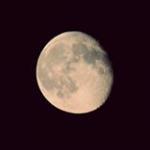
Petition for Samsung NX1 hack
Teheimar reacted to Marco Tecno for a topic
Just an idea, but ihkim, a guy on dpr, reverse engineered the nx mount. Another cool thing would be a crowdsourced intelligent adapter to canikon lenses.1 point -
1.79x Squeeze Anamorphic
Caleb Genheimer reacted to Brian Caldwell for a topic
The responses here have been very thoughtful, and have given me much to consider. I may modify my product direction a bit, but on the whole, it seems that my ideas aren't entirely crazy.1 point -
How do you grade
Liam reacted to ricardo_sousa11 for a topic
The best and easiest way to grade is adding the Lut as a baseline and then do all the adjustments needed (curves/exposure/contrast and so on), this is how I edit my footage. Heres an exmaple of some test grades i've been doing for a music video.1 point -
I assume the real big one is increasing the bit rate; from there, possibly investigating internal sharpening or noise reduction? Seeing what's in the processor pipeline and getting more control over it? Where does the shadow blocking come from, things like that? Maybe the first hack isn't even a hack, but a pipeline view of what's going on, to see what's actually possible. Somewhere out there is the guy who wrote the damn firmware. Wish we knew someone at Samsung… there's the fastest track to this, is anyone from the team still there and could they get the OK to do this on a freelance/spare time basis?1 point
-
A7Rii Skin Tones + 1DC quick compare
TheRenaissanceMan reacted to Nate Mook for a topic
So this is absolutely not a scientific test, but I was curious how the A7Rii would hold up to my 1DC, which I believe gives a wonderful cinematic image, especially when filming people. Chalk it up to Canon's color science, a great sensor, 4:2:2 color, whatever -- but at current used prices I think the 1DC is a steal (and it takes amazing stills) That said, it's also getting long in the tooth, and the A7Rii was an attractive potential upgrade, especially with 42mp stills, IBIS, and small body that makes gimbal work manageable. But I wondered how it would fare image-wise, especially when it comes to skin tones. I didn't want to use S-Log2 or C-Log, since I don't have any experience grading S-Log2 and I know it can be a challenge, especially on the 8-bit codec. So I shot my 1DC in the neutral profile with sharpness and saturation down, which is what I normally do when not using C-Log. I did my best to match it on the A7Rii -- Andrew's EOSHD Flat settings (Cine4, Black levels up, Detail down, Saturation down a bit) come quite close actually, but I used Pro gamma as Cinema gamma just made the reds look off. Again, this is by no means a scientific or extensive test, and I did very little grading (no LUT, just a single color correction layer in FCPx). And I'm sure someone could do a better job matching the shots, but this at least gives you a sense of the general differences. My big question was whether I could easily get an image out of the A7Rii that could compete with the 1DC without a ton of post work. Both cameras are using the same white balance, ISO, and aperture, although the crop factor is slightly different due to APS-H vs APS-C. I used a Canon 50mm/1.2 on both cameras, and both are handheld with no loupe to stabilize, making it easy to tell which camera is which due to Sony's IBIS. Although I did a number of tests, here's a quick comparison for those interested. This is 4k scaled down to 1080p to make it easier to share: https://dl.dropboxusercontent.com/u/2135/1DC-A7Rii-Test.mov Here's a frame grab from FCPx that's higher-res (1DC is zoomed slightly to match so will look less sharp when viewed at full res): https://dl.dropboxusercontent.com/u/2135/1DC-A7Rii.jpg My personal opinion thus far: The A7Rii can indeed put out a beautiful image when filming people, although it's still not quite as gorgeous as the 1DC. This could be because the 1DC is slightly softer (maybe due to the low-pass filter, so perhaps the A7Sii could be better) and the A7Rii sensor detail just doesn't benefit skin (most photographers end up smoothing skin a bit, I imagine), or due to color, or maybe I just need to spend more time tweaking Sony's insane number of settings. It seems like the 1DC has smoother highlight roll-off, and just gives a touch of softness that benefits people, making it *feel* a bit better to me, even if it's technically inferior. That said, it's close (some might prefer the A7Rii look). And with the A7Rii I gain a lot of great video features the 1DC does not have. Don't know if I'm quite yet ready to retire my Canon and go all in on Sony... but it's tempting and I will be keeping an eye on FS5 firmware updates. Curious to hear from anyone else who has worked with the A7Rii or A7Sii when it comes to filming people.1 point -
1.79x Squeeze Anamorphic
eris reacted to BrooklynDan for a topic
The red circle is caused by the old magnesium fluoride coatings on the spherical components. And considering The Thing used Panavision Super Speed lenses, the spherical components might've been from the 60s or 70s when such coatings were prevalent. The old Todd-AO 35 anamorphics as well as the Dyaliscopes had similar artifacts. If you want to reproduce it, you should pay special attention to the taking lenses you use. Maybe something like a Super Takumar, or even older glass would make it happen.1 point -
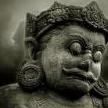
Sony a6300 4k
bamigoreng reacted to sanveer for a topic
I am surprised companies equate the touchscreen with lower end products. Also, Canon has the speed control om focus on it's autofocus cameras. I wish touch screens also has the focus speed controls. They could effectively help smaller Indie Crews focus far more easily and perceptively.1 point -

1.79x Squeeze Anamorphic
Zak Forsman reacted to richg101 for a topic
An anamorphic squeeze of around 1.75x to 1.8x is actually a really nice number. good levels of defocus, without much loss of sensor area when cropping a 16:9 sensor to deliver a 2.4:1 end result. It's not about resolution from a big sensor area for me anyway, - it;s all about fov/dof ratio that comes with the bigger sensor area. to me a reduced squeeze ratio like 1.75x used on a wider sensor delivers a better image than a 2x on a less wide sensor. a bigger sensor dictates a shallower dof since a longer FL taking lens is selected for the same fov. the reduced squeeze also allows better image quality over a 2x unit. 16:9 sensors are here to stay. 4:3 is getting more and more rare. if a camera has a 4:3 mode it's usually a crop of a 16:9 sensor (ursa etc). The sensors are not tall enough to fully deliver the look of 4 perforation 35mm as can be achieved with the alexa 4;3. even the new red 8k sensor only just provides enough sensor height At the moment I see the most exciting prospect within the scope of affordability as an anamorphic system for the black magic micro cinema camera. this in combination with the 0.58x speed booster and a fast 35mm spherical lens and a high quality 1.75x anamorph will be the ultimate. global shutter, super low light, smaller sensor meaning easier achieving of image quality within a accessible budget. I think an anamorphic speed booster would also be a wonderful thing to behold! the a6300 looks to be an ideal candidate and will no doubt get the speed booster type adaptor sales booming again thanks to its aps-c sensor yep. it's that feeling of width while also maintaining the defocus separation of the longer lens I love.1 point -
Sony a6300 4k
TheRenaissanceMan reacted to Mattias Burling for a topic
"So the color is wrong." Unless you are friends with the guy and know what he is using the video for its total BS. There is no wrong, never was, never will. And that's a fact. In Sweden a brand new NX1 costs less than the predicted price of the a6300.1 point -
Sony a6300 4k
TheRenaissanceMan reacted to dsp_418 for a topic
1 point -

Selling my BMPCC
kaylee reacted to Zak Forsman for a topic
you make the bmpcc sound used here, but have it listed as new on ebay. and for $100 more than you can buy it new... anywhere else. what's going on here?1 point -
1 point
-

Petition for Samsung NX1 hack
kidzrevil reacted to Marco Tecno for a topic
I did a test time ago comparing a still grabbed from video to a downsampled raw image. Nr is the biggest difference among the two, so I guess it's heavily present in video. P.s. a collection of suggestions was compiled here on eosHD.1 point -
The a6000 doesn't have a touchscreen, there's nothing missing, just Sony's usual segmenting. Touchscreen is for amateurs, EVF, more controls and hot shoe is for enthusiasts. It sucks they don't see the value of a touchscreen for something as simple as moving the focus point while shooting - especially with the awesome tracking abilities of the PADF. I would love one on my A7rII. I'm getting the a6300 to replace my a5100, I will miss the touchscreen.1 point
-
1.79x Squeeze Anamorphic
redimp reacted to Caleb Genheimer for a topic
FWIW, my Small-HD AC7 can do 100% custom scaling. Mind you, when you push it, the unused areas of the screen get some crazy digital garbage, but I've desqueezed my Kowa at 2X and cropped it to 2.76:1. Setting up for a non-standard squeeze is just as easy, just some basic maths. Not every monitor an do this, of course, but it is possible. I'd say go for it one way or another. For whatever it's worth, in a year or two I'm hoping to step up to a better anamorphic solution, something between $2-3K. If you've proved one thing with the SpeedBoosters, it's that you don't f*ck around when it comes to designing optics. I have a Kowa with a Rangefinder, and the single-focus has already made a night and day difference, and has reassured me that anamorphic really can be useable in 4K and on professional projects with the right lens setup. I just this week used anamorphic on a paid shoot for the first time, and while it went well, there are a few things that could still use improvement. 1. Field of View. I'm getting about a 35mm FOV horizontally, and that on APSC/S35. While this is decent, it's right at the sweet spot for portraits and just a touch shy of feeling wide. It's so close I can almost see it, but something just under 30mm would produce truly stunning landscapes and establishing shots. What's more, this is just out of reach with projection adapters. Break the "FOV Barrier", I think there's a real gap in the market there. 2. Flares. There was a long phase with the anamorphic hobbyists where it was all the rage to hate on flares, and there's still a negative stigma around it. Good or bad, flares with the current options for lower budget anamorphics are a big hot mess. Some of the projection anas have ok flares, but the new SLR Magic offerings just look strange. What's more, the single focus adapters can't seem to make up their minds. The Rangefinder is tack sharp, but for some reason it has pseudo-vintage blue coatings which put strange blue haze spots in the image. Whatever you do with flares, be decisive. Either nail a vintage look with rich thick flares, or clean it up 100% with modern coatings and keep it all about the bokeh. 3. Lens size. Of course, any anamorphic worth it's price tag will be no pancake lens, but stack a UV filter on a Rangefinder on a step ring on a front clamp on a Kowa on a rear clamp on another step ring on a pancake lens on a lens mount adapter, and you've got a portrait prime lens longer and heavier than a 24-70. I would hope that an integrated anamorphic could be made a bit smaller and more compact than this, especially with the help of modern optics. 4. Lens support. This is a HUGE deal if you go the "front adapter" route. Seriously. I'm considering getting my Rangefinder modded to have a rod lens support, because it's just needed. Let's face it, all the projection anas are a decent size and weight once rigged on front of a lens. There are ALWAYS a lot of parts to get it all hooked up end-to-end. Mine shifts around when I turn the Rangefinder focus ring, causing alignment wobble. Include a way to easily bolt the focus adapter to some rails, so that torque applied while focusing doesn't affect the rest of the setup behind it. Alternatively, this is my prime reason for wanting to move to an all-in-one-housing lens. All the various parts and pieces provide no end of possible failure points. My ideal anamorphic would be a 30mm S-35 in the neighborhood of 2X squeeze (anything significantly less and why freaking bother? Shoot spherical.) Alternatively, 40/45-ish full frame. I'm serious when I say that anything beyond f/4 would be welcome but not required. Because of the way anamorphic renders out of focus areas, I've consistently found that f/4 is not only adequately shallow... It is also sharp and manageable. You want to see the smear, not obliterate it in completely out of focus mush. Around the $2-2.5K mark would be my sweet spot, with of course a 50mm and something longer like 75/85mm also available eventually to fill out a 3 lens set. Again, I'd be most enticed by a wide in the standalone lens department, because anyone these days can grab a projection ana and shoot >50mm stuff. Being able to tell clients that "yes, I have a full three lens set that is reliable and we can shoot anamorphic" is an entirely different ballgame and the wide is what makes a new set better than (for example) a set of LOMOs, along with modern sharpness and usability/reliability. I think wide FOV is a defining characteristic of cinema anamorphic, every bit as much as bokeh, flares or lens distortion, and that's why the projection anas always feel like they just fall short a little. I would leave the single focus adapters to SLR Magic and Rectilux, unless you can beat SLR Magic in quality for the price point. It's a very capable adapter for anyone in the market for a solution to their projection lens woes. Anyone hell-bent on using a projection ana on a high quality level will shell out for the Rectilux. There's a huge hole in the "real anamorphic" prime lens market, basically anywhere below Hawk (and obviously way below Panovision). Go for that sweet spot, kinda like the Xeen lenses. More serious than plain Rokinons, but not quite bank-breaking like CP.2s. Catch the top end of the hobbyist market, and the everyday working stiff profesionals who until you came along hadn't even considered anamorphic.1 point -
1.79x Squeeze Anamorphic
nahua reacted to Brian Caldwell for a topic
Thanks for your comments. I agree regarding the bokeh shape. In the case of my test shot the bokeh is actually nine-sided, which is created by the iris shape in the Nikon 135mm f/2 AiS Nikkor that I used as a spherical backer lens. Upcoming integrated primes will use a very circular iris to yield nice smooth elliptical bokeh.1 point -
1.79x Squeeze Anamorphic
nahua reacted to wallpaperviking for a topic
Sample image looks very promising indeed... My only criticism is the hexagonal bokeh that is shown.. If integrating with a dedicated prime, this would need to have as "circular" bokeh as possible.. Anamorphic loses a lot of its look to me when it becomes hexagonal, which I do not find as appealing.. Look forward to more updates!1 point -
1.79x Squeeze Anamorphic
redimp reacted to Brian Caldwell for a topic
Thanks for your feedback on the squeeze ratio - I was definitely interested in what you would think. I own Caldwell Photographic, and I design all the Speed Booster optics.1 point -
yes 25 and 28 are quite different and I use both , worth having - PS did I tell you this glass is just the best - very very good !!1 point
-

Lenses
TheRenaissanceMan reacted to homestar_kevin for a topic
Nice Mattias! I used to own one of those, I liked the build and focus ring. Have the AIS 35 1.4 now and it's great, but I do like the longer focus throw on the older one. I have owned the 28 3.5 and 50 1.8/50 1.4 at various points and they're pretty great. Very small lenses. Front aperture ring is a bid odd. The colors from the lenses are awesome. Love the coating on the Zuiko lenses. They're still cheap too. I definitely want to pick up a basic kit for myself to keep. They have a lot of macro lenses available for an older line up.1 point -
Black Magic Cinema Camera 2.5K 240 fps slow motion test
TheRenaissanceMan reacted to armen bojikian for a topic
slow motion test made with davinci resolve 12 optical flow using some footage from the black magic cinema camera 2.5 k and pocket cinema camera all shots are in 24 fps and slowed them down with optical flow to 10% so i can get 240 fps1 point -
Hi Friends. I have made this spec ad with a Sony A7s, Gopro 4 and Lumix LX100. Hope you enjoy it.1 point
-
Ursa Mini 4.6K new footage and info...
TheRenaissanceMan reacted to Axel for a topic
No. It's orange/teal grading, which by a popular philosophy optimizes the color contrast and heightens overall clarity of the image. Background is, that when you grade perfect and vivid skintones (which is really very easy with BM footage, as well in ProRes as in raw of course), turquois is the contrasting color, the opposite on the color wheel. This can be done with GH4 and A7s as well, only that both (particularly the Sony) can't capture this range of skintones in the first place, so it will never look that good.1 point -
Comparison of those two 28 2, please These nikkors have a special first element designed for good close up performance (CRC), I first thought this was some marketing gag from the time, but It's really true. When you photograph something rather close, like less than 2 meters, it will pop. I have the nikkor 35 2, the first version (the newer ones changed and aren't that nice), and it has some kind of 3D feel on people close ups. The only thing is that they have bad corners in these situations on far out of focus things on FF, but you won't see that when cropping to 1.85:1 or 2.35:1, or using s35 crop.1 point
-

DJI OSMO alternatives - let's list them
Santi Deva reacted to Cinegain for a topic
I've opted for becoming a human stabilizer, so I'm currently enrolled in ninja training and I take salsa class.1 point -

Shooting with a 4K pocket camera - the exceptional Panasonic LX100
Zach Ashcraft reacted to Andrew Reid for a topic
A lot of parrots in this thread, repeating things it seems. The moire comes from your non-4K display scaling the footage. It isn't from the camera.1 point

